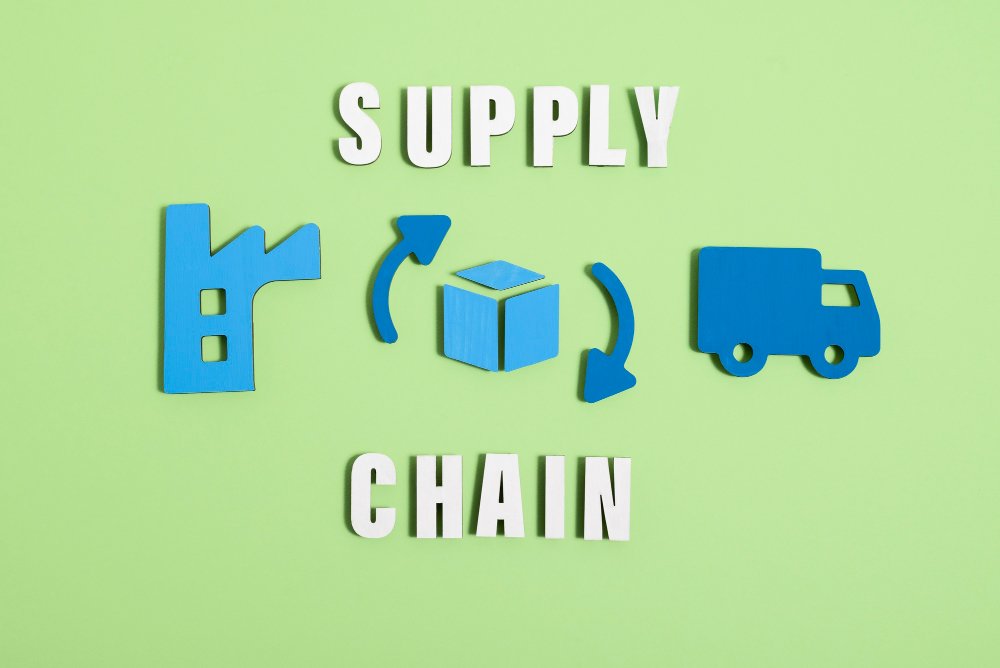In a world where global trade spins faster than our planet, there lies a pivotal axis ensuring every cog and wheel moves seamlessly—Supply Chain Planning (SCP). Just as a conductor leads an orchestra to ensure every instrument plays its part flawlessly, SCP harmonises the myriad elements within supply chain management.
But exactly what is supply chain planning, and what really goes on behind the curtains of this intricate dance? Let’s dive in.
Understanding Supply Chain Planning
At its essence, Supply Chain Planning is the strategic approach to optimise the production and distribution processes. It’s about determining what to produce, how much to produce, and where to store it to meet anticipated demand. By doing so, it reduces waste, minimises costs, and ensures timely deliveries.
Yet, SCP isn't just about the here and now. It involves forecasting future demands, anticipating challenges, and devising strategies to navigate those challenges. In other words, it's like playing chess, thinking several moves ahead.
Components of Supply Chain Planning
SCP isn’t a monolithic process. It's an umbrella term covering several interrelated activities. Let us explore the key components to supply chain planning to unravel each.
- Demand Planning: Estimating future customer demand using historical data, market trends, and predictive analytics.
- Supply Planning: Deciding how to best meet that demand. This could involve ramping up production, sourcing more materials, or optimising inventory levels.
- Production Scheduling: Detailing the manufacturing process, ensuring resources like manpower and machinery are effectively utilised.
- Distribution Planning: Strategising the transportation of goods from manufacturing hubs to distribution centres, retailers, and finally, to customers.
The Digital Revolution in SCP
The world of Supply Chain Planning isn't immune to the sweeping winds of digitisation. Advanced algorithms, AI-driven analytics, and real-time data feeds are transforming traditional SCP models. These tools provide unprecedented clarity, enabling businesses to make more accurate and agile decisions.
For those intrigued by this evolving realm, logistics management courses online can offer great assistance to strengthen an optimistic career. With courses like the Advanced Certification in Digital Supply Chain Management from IIT Guwahati, you can dive deep into the modern tools and techniques reshaping SCP.
Why Supply Chain Planning Matters
It's tempting to think of SCP as a behind-the-scenes process significant only to businesses. However, its impacts are far-reaching:
- Consumer Satisfaction: Efficient SCP ensures products are available when and where consumers want them.
- Cost Efficiency: By optimising resources and minimising waste, SCP can lead to significant cost savings.
- Sustainability: Effective planning reduces overproduction and waste, aligning businesses with eco-friendly practices.
- Resilience: In a world where disruptions are inevitable, from geopolitical issues to natural disasters, robust SCP provides a roadmap to navigate these challenges.
Incorporating Flexibility: The Adaptive Side of SCP
In an ideal world, plans are made and executed to perfection. However, in the dynamic landscape of global trade, unforeseen changes are more of a rule than an exception. Modern Supply Chain Planning understands this. It's no longer just about creating a robust plan but also about ensuring flexibility. This adaptive side of SCP allows businesses to quickly pivot in response to unexpected challenges, be it a sudden surge in demand, supply disruptions, or geopolitical shifts.
Integration with Other Business Domains
Supply Chain Planning doesn't operate in isolation. It’s intertwined with other business domains like finance, marketing, and sales. For instance:
- Finance: Budgetary constraints and forecasts can influence supply chain decisions. Investing in new machinery or opening a new distribution centre must align with the company's financial health and goals.
- Marketing: Promotional campaigns can lead to spikes in demand. SCP must be in sync with marketing to anticipate and cater to these changes.
- Sales: Real-time sales data feeds into the demand planning aspect of SCP, ensuring accurate production schedules and inventory management.
By fostering a symbiotic relationship with these domains, SCP can truly optimise its strategies and drive holistic business growth.
The Human Element in SCP
While technology plays an ever-growing role in modern Supply Chain Planning, the human element remains irreplaceable. It's people who provide insights that raw data might miss, cultivate relationships with suppliers and partners, and make judgment calls when unforeseen challenges arise. Training, continuous learning, and fostering a culture of collaboration are pivotal.
Investing in human capital – through mentoring, workshops, or specialised courses like those offered by esteemed institutions – ensures that the human side of SCP is as sharp and effective as its digital counterpart.
Wrapping Up: The Unsung Hero of Global Trade
Supply Chain Planning might not make headlines, but its influence is undeniable. From the smartphone in your pocket to the food on your table, SCP ensures goods move efficiently and sustainably across the globe.
So, the next time you marvel at the vast array of products available at the click of a button, spare a thought for the meticulous planning that made it possible.








